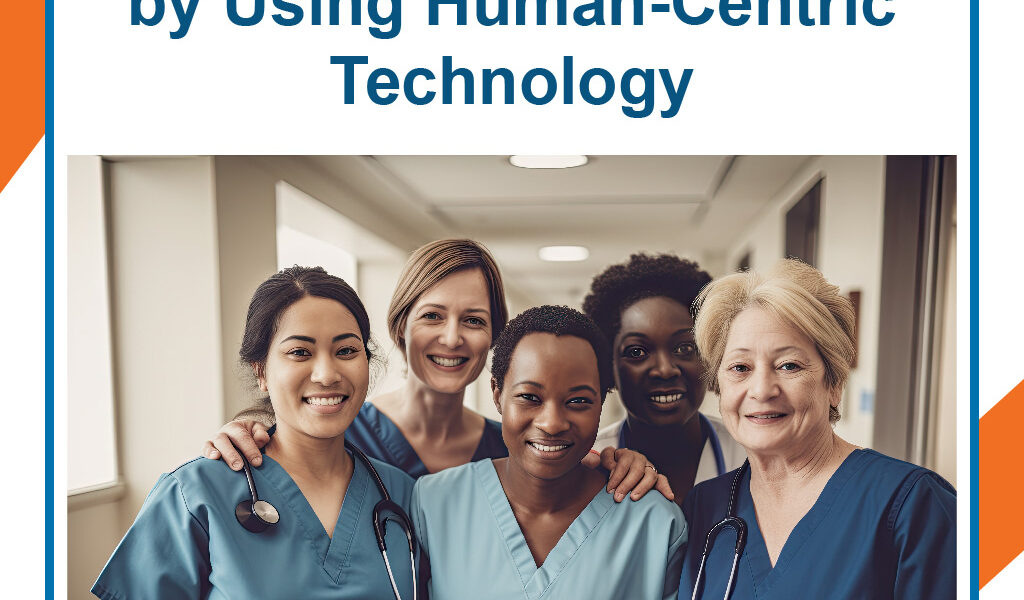Ensuring Maternal and Infant Security:
The Need for Advanced Technology in Preventing Baby Switching
The miracle of childbirth is a profoundly emotional and life-changing experience for families. However, the occurrence of babies being switched at birth, though rare, has been a source of anguish and distress for parents and hospitals alike. The consequences of such an incident are immeasurable, underscoring the urgent need for robust technological solutions that can ensure accurate identification and matching of mothers and infants. In this article, we will explore the issue of baby switching, shed light on its frequency, and emphasize the importance of implementing effective technology to safeguard against such heart-wrenching mishaps.
Understanding Baby Switching
Instances of babies being switched at birth have occurred throughout history, often due to human error, inadequate systems, or sheer misfortune. While these incidents are rare, they represent a grave breach of trust and can lead to significant emotional trauma for the families involved.
Statistics on the exact number of babies switched at birth are difficult to ascertain due to underreporting and the sensitivity of the subject. However, several documented cases worldwide serve as a reminder that even a single instance is one too many. It is crucial to take proactive measures to minimize the occurrence of these unfortunate incidents.
Ensuring Maternal and Infant Security and The Importance of Advanced Technology
In an era of remarkable technological advancements, it is imperative that healthcare facilities prioritize the implementation of robust systems to prevent baby switching. Modern technology offers a range of innovative solutions. These solutions significantly reduce the risk of such mistakes, providing parents with the reassurance they deserve during this delicate period.
Electronic identification bracelets:
Utilizing electronically encoded bracelets that are placed on newborns and their mothers can provide a reliable means of identification. These bracelets can be equipped with radio frequency identification (RFID). Other advanced tracking technologies also ensure accurate matching and minimize the chance of errors.
Biometric identification:
Biometric identification methods, such as fingerprint or iris scanning, offer an additional layer of security. By capturing unique physiological traits, hospitals can establish foolproof identification systems that leave no room for confusion or error.
Surveillance systems:
Implementing comprehensive video surveillance systems in maternity wards can act as a deterrent to unauthorized individuals. Surveillance also provides additional evidence in the event of an incident. Surveillance cameras can help monitor entry and exit points, ensuring that only authorized personnel access restricted areas.
Strict protocols and staff training:
Hospitals must establish and enforce stringent protocols for the identification and handling of newborns. Staff training programs should include education on the importance of accurate identification, protocols for baby-mother matching, and standardized procedures. This training can mitigate the risk of switching.
Collaboration with technology experts:
Hospitals should actively collaborate with technology experts and industry leaders to develop and implement cutting-edge solutions tailored to their specific needs. By harnessing the expertise of both healthcare professionals and technology specialists, the healthcare industry can make significant strides toward preventing baby-switching incidents.
Why Baby Switching Technology Ensures Maternal and Infant Security
The well-being and security of newborns and their families should always be paramount in healthcare settings. While the incidence of babies being switched at birth remains relatively rare, the consequences are profound, leaving lasting emotional scars. Implementing advanced technology solutions, such as electronic identification bracelets, biometric identification, surveillance systems, and robust staff training programs, can significantly reduce the risk of such incidents, assuring parents that their child’s safety is a top priority.
In the pursuit of technological progress and innovation, the healthcare industry must continue to prioritize the development and implementation of effective solutions that safeguard the integrity of the birthing process. By doing so, we can uphold the sacred trust bestowed upon healthcare professionals and provide families with the peace of mind they deserve during one of life’s most extraordinary moments.



